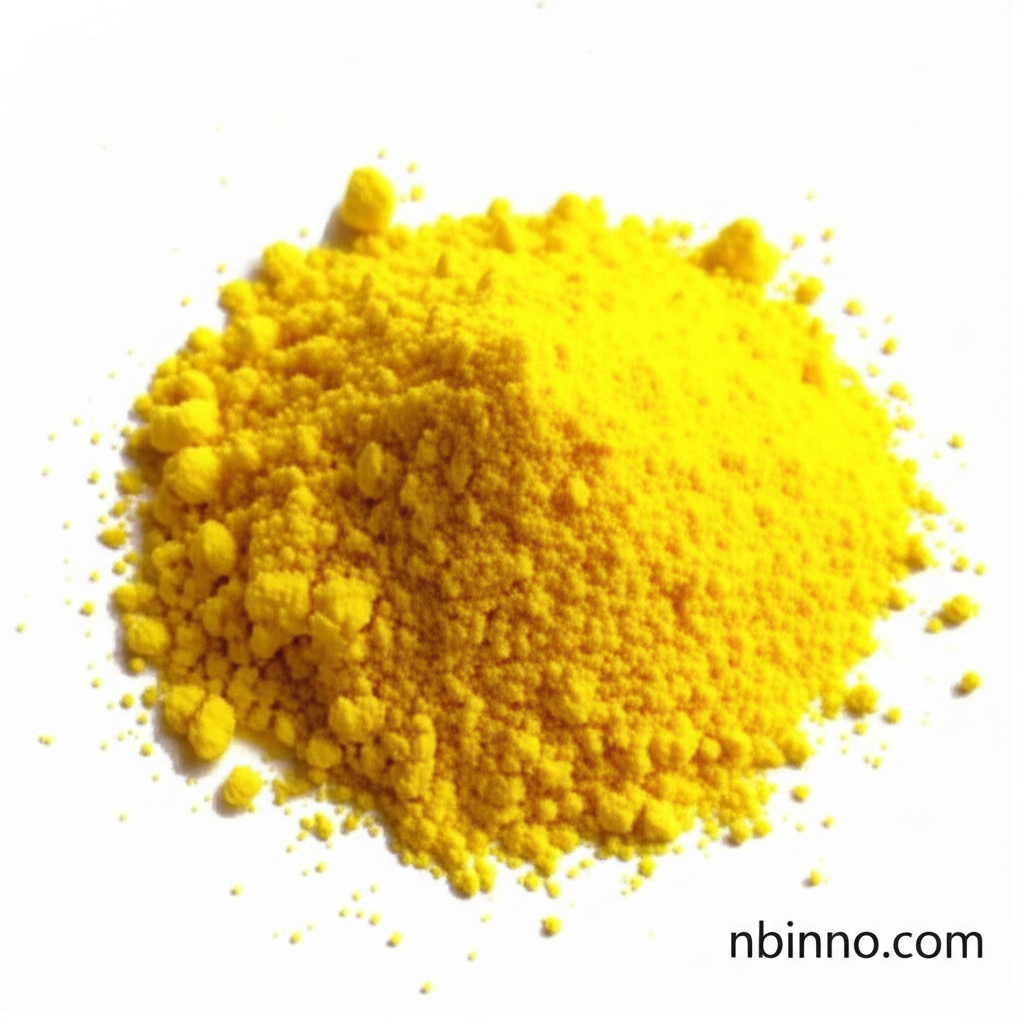1-(2-Bromoethoxy)-4-nitrobenzene: A Key Intermediate for Advanced Applications
Discover the utility of CAS 13288-06-7 in UV-curing and electronic material innovation.
Get a Quote & SampleProduct Core Value

1-(2-Bromoethoxy)-4-nitrobenzene
1-(2-Bromoethoxy)-4-nitrobenzene (CAS 13288-06-7) is a crucial fine chemical intermediate with a distinct yellow hue, presenting as powder or crystals. Its well-defined physical properties, including a melting point of 62-65°C and a boiling point of 170°C/0.5mmHg, make it suitable for precise chemical processes. This compound is integral to advancements in UV absorber technology and the development of specialized electronic chemicals.
- Leverage 1-(2-Bromoethoxy)-4-nitrobenzene CAS 13288-06-7 for your next synthesis project, ensuring a reliable supply of this critical intermediate.
- Explore the application of this nitrobenzene derivative in the formulation of cutting-edge UV-curing materials, enhancing product durability and performance.
- Source high-purity fine chemical intermediates for your electronic chemical applications, ensuring optimal device functionality.
- Benefit from the versatility of organic synthesis reagents that facilitate complex molecular constructions.
Key Advantages
High Purity and Consistency
Source 1-(2-Bromoethoxy)-4-nitrobenzene with guaranteed purity for predictable results in your research and production processes.
Versatile Intermediate
Utilize this nitrobenzene derivative as a building block in a wide range of organic synthesis pathways, from pharmaceuticals to advanced materials.
Specialty Applications
Ideal for niche markets requiring specific properties, such as UV absorbers and specialized electronic chemicals, driving innovation.
Key Applications
UV-Curing Materials
Incorporate this compound into formulations for UV-curing applications, enhancing stability and protective properties of coatings and inks.
Electronic Chemicals
Its unique chemical structure makes it a valuable component in the synthesis of advanced electronic chemicals.
Organic Synthesis
A key building block for chemists engaged in complex organic synthesis, enabling the creation of novel molecules.
Research and Development
Essential for laboratory research, particularly in areas exploring new materials and chemical reactions.
